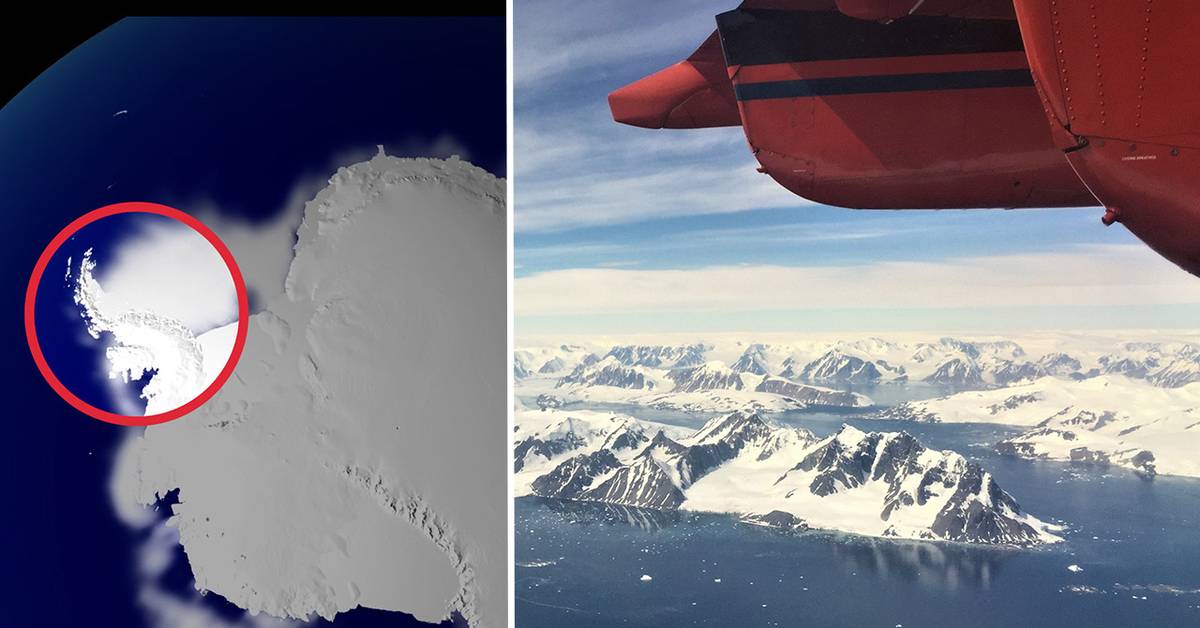In 2021, the UN's Intergovernmental Panel on Climate Change concluded that if the global average temperature increases by two to three degrees, the entire West Antarctic ice mass risks melting away in the long run, with large sea level rises as a result. The fastest is the melting on the Antarctic Peninsula, which is the part of West Antarctica that points up to South America.
New observations with the European Space Agency's radar satellite, Sentinel, during the period 2014 to 2021 now reveal that the glaciers on the peninsula also slide faster and faster towards the sea in the summer. This is shown by British and Dutch researchers in a study in Nature Geoscience.
"When the temperature rises above zero degrees, the surface of the glacier melts. A complex system of small channels in the ice leads the water down to the bottom of the glacier causing it to slide out to sea, says Ian Brown.
Seven centimetres of sea level rise
These processes result in over 100 large glaciers on the Antarctic Peninsula melting faster than previously anticipated. If all the ice on the entire Antarctic Peninsula were to melt, it could produce a global rise in sea level of seven centimeters. And that doesn't include the contribution of slammed water from the rest of West Antarctica.
"Seven centimetres is quite a lot. It will be especially noticeable in connection with storms. Communities must prepare for rising sea levels to protect infrastructure and housing.

